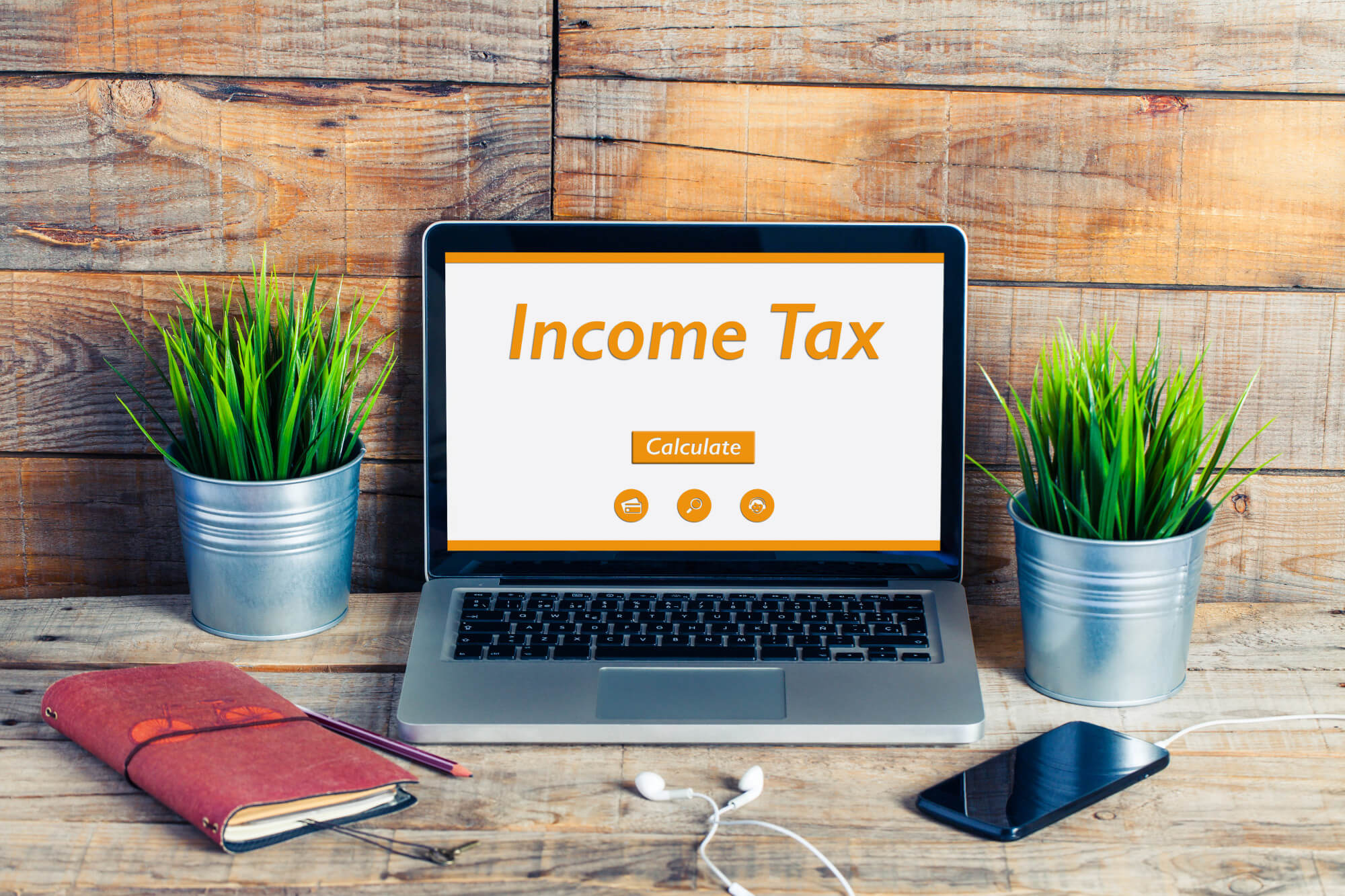Are you an entrepreneur hoping to build a thriving business backed by investor funding? Do you have an awesome business idea with product/market fit, but need angel investor funding to help your business scale? If so, you’ve come to the right place. There are a number of ways you can increase your chances of finding startup funding if you are strategic in your approach to making valuable connections.
Gabriel Patterson, a Toronto based chairman at Bethmann Lombard Bancorp, is a dynamic businessman and certified Islamic finance specialist who has over 26 years of investment banking experience.
7 Foolproof Ways to Increase Your Chances of Finding Startup Funding
Below, he shares and encourages you to incorporate the following seven tips into your fundraising efforts to improve your chances of scaling your company.
Confidence is Essential:
Be confident when attempting to raise funds for your startup. Investors will often back an entrepreneur they believe in even if the entrepreneur’s startup idea isn’t strong. Investors know the entrepreneur can always pivot their startup to a more profitable business idea, but they want to be among the first investors to bet on an entrepreneur who exudes confidence and drive.
Always be Networking:
Make time for networking with potential investors regardless of how busy you are building your startup. Something as simple as schmoozing with angel investors and VCs (venture capitalists) on Twitter can help get your startup on their radar. Add valuable insights on Twitter conversations, don’t overtly promote your startup, and continually tweet helpful content to build the startup ecosystem. Your efforts won’t go unnoticed, especially if your business idea is appealing.
Know Your Ask:
Know what you want when pitching potential angel investors and VCs. An entrepreneur with a lukewarm pitch with no firm ask isn’t going to survive long with seasoned investors. Know what you’re asking for, be firm in your presentation, and be prepared to negotiate to keep the entrepreneur/investor relationship moving forward.
Consider Smaller Rounds:
Be prepared to accept a smaller round of funding than what you initially ask for from investors. You may have grandiose plans and think you need a major round of seed funding or Series A funding. This is a common trap many entrepreneurs fall prey to when raising funds for their startup. Even smaller amounts of funding can be quite helpful in moving your company ahead. If you learn to reduce your burn rate and spend your funding wisely, you’ll be amazed at how far a smaller amount of funding can take you and your startup.
Investigate Investors:
Don’t assume it’s only big-name investors who can help grow your startup. Too many entrepreneurs think they’re only successful if they raise funding from famous VCs and investors in Silicon Valley, Los Angeles, or New York City. Nothing could be further from the truth. You can raise funds for your startup from investors anywhere, but you need to approach them with respect and understand their investment thesis. The more you investigate potential investors for your startup, the more likely it is you will find reputable financial backers for your business.
Ethical Behavior Matters:
Be careful how you portray yourself when in public. You never know who you might be chatting with at a networking event or who they might know. One slip-up in behavior or egotistical boasting could potentially cost you the financial funding you so desperately long for. Be an entrepreneur with ethics and a strong moral code and you’ll increase your long-term odds of startup success.
Appeal to Investor Emotions:
Don’t forget to appeal to investor emotions when seeking funding for your startup. You must know your numbers and offer a pitch deck that investors can believe in, but it never hurts to appeal to their emotional side too. You don’t want to overplay this card, but a touch of emotion in your investor outreach efforts can go a long way.
Remember these seven foolproof ways of increasing your chances of finding startup funding and you’ll improve your entrepreneurial future. Raising funds for your startup is hard work, but the rewards can definitely be worth all the sacrifice and long hours.
Read Also:






















